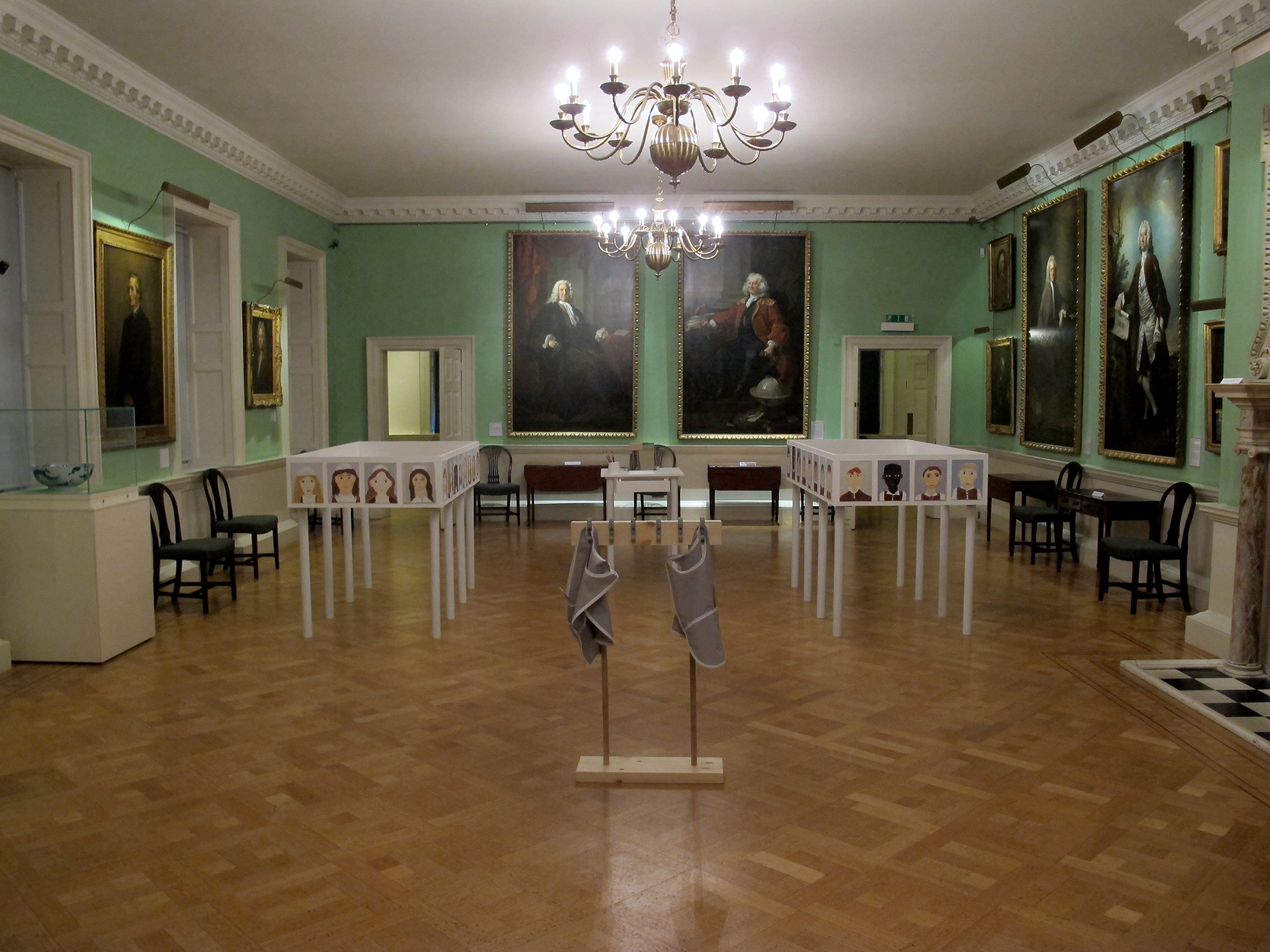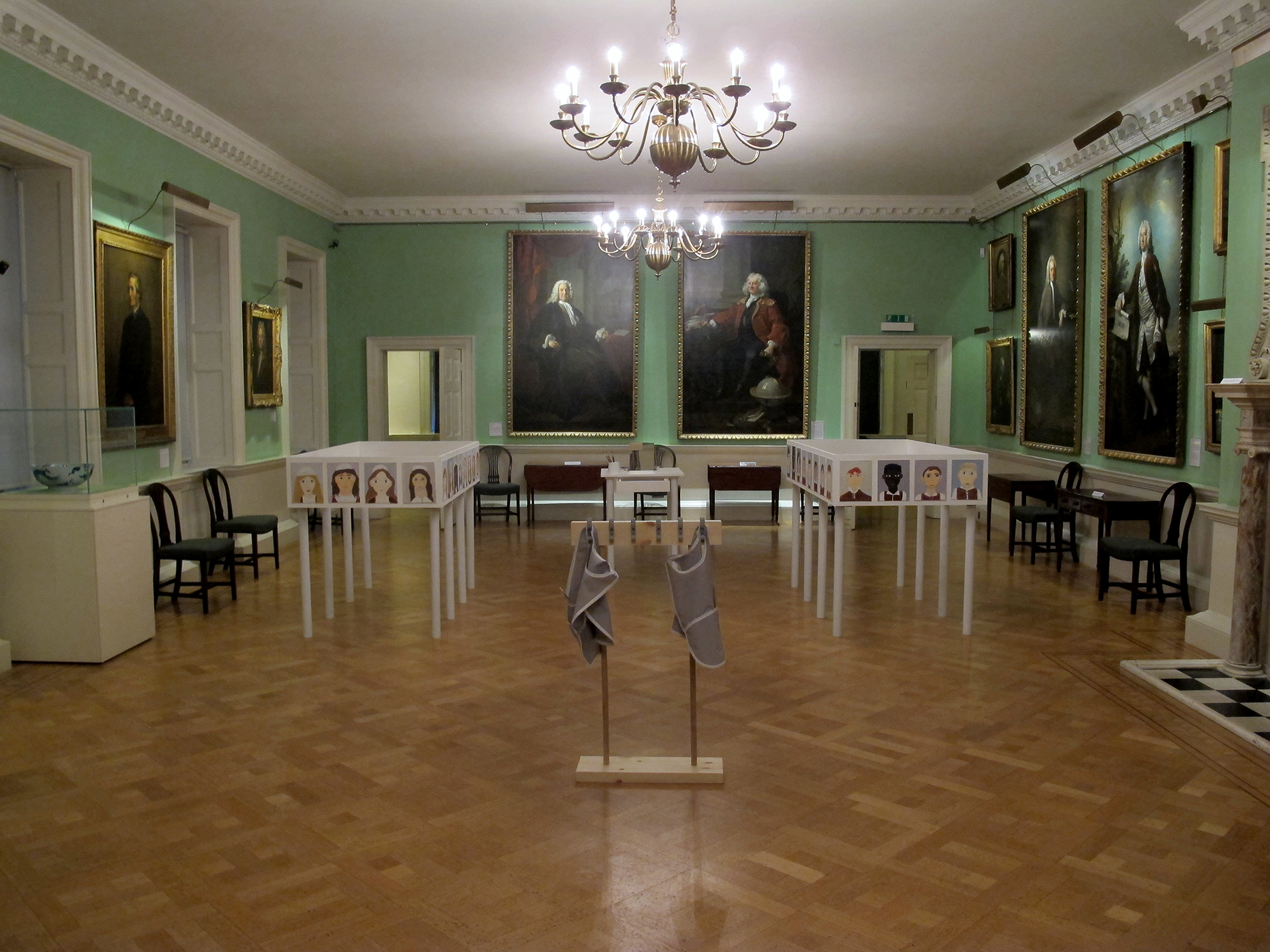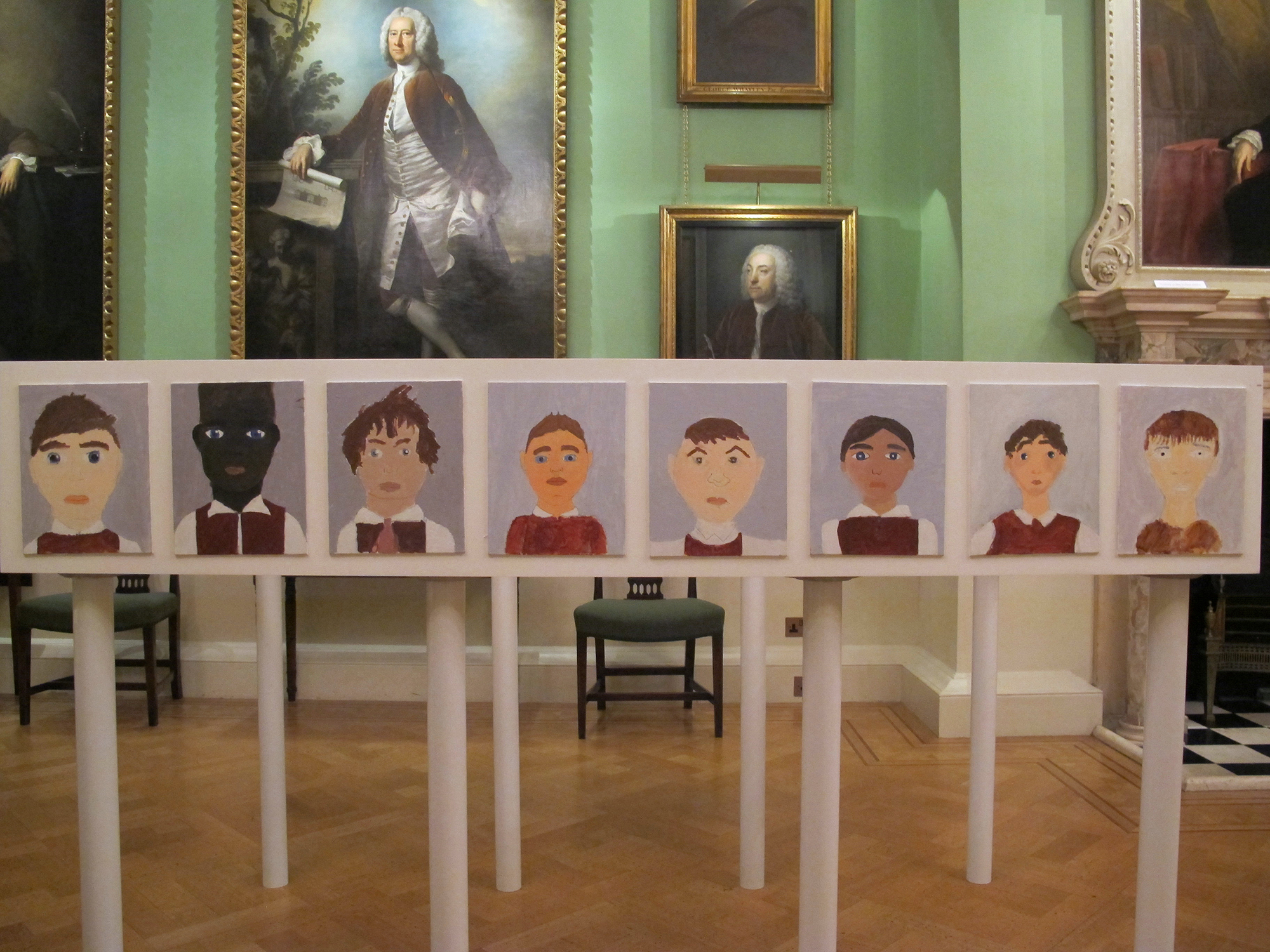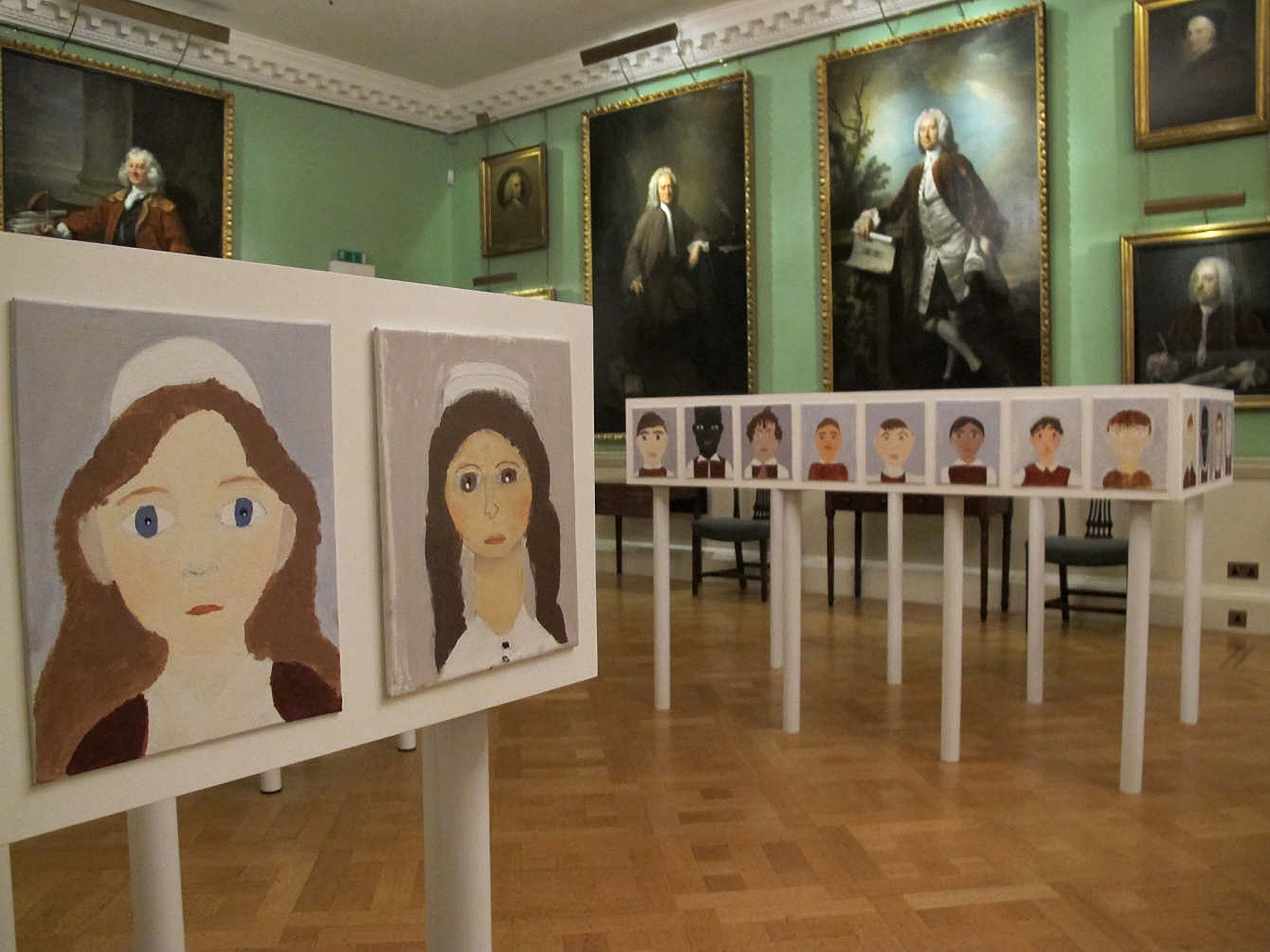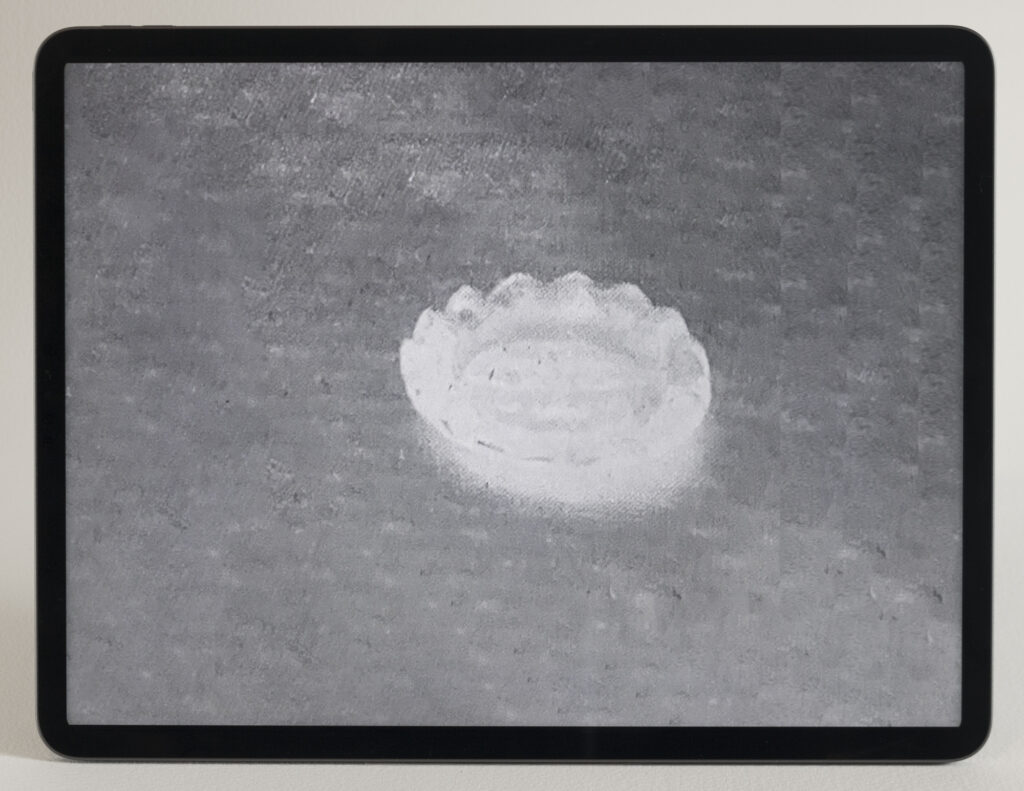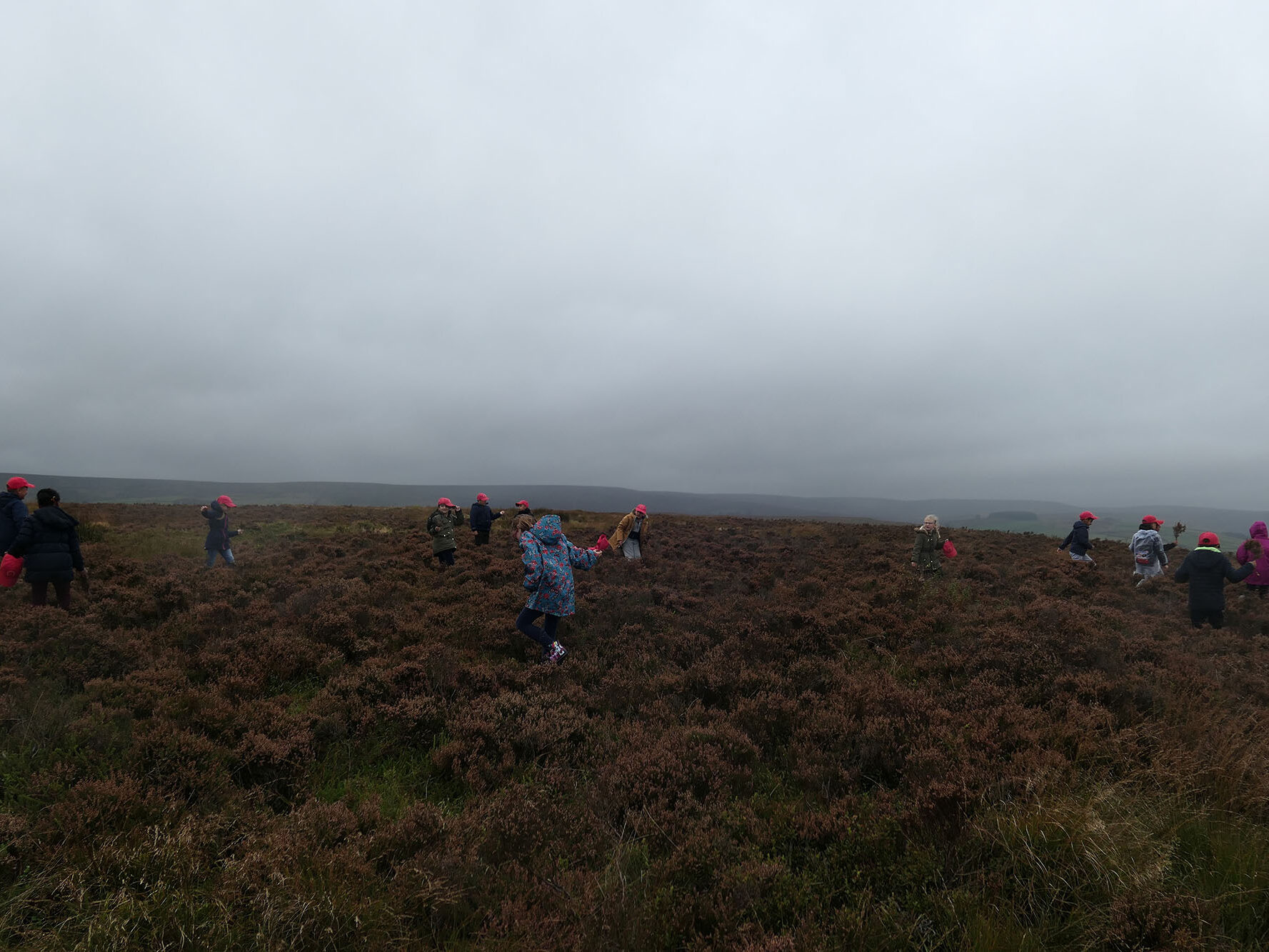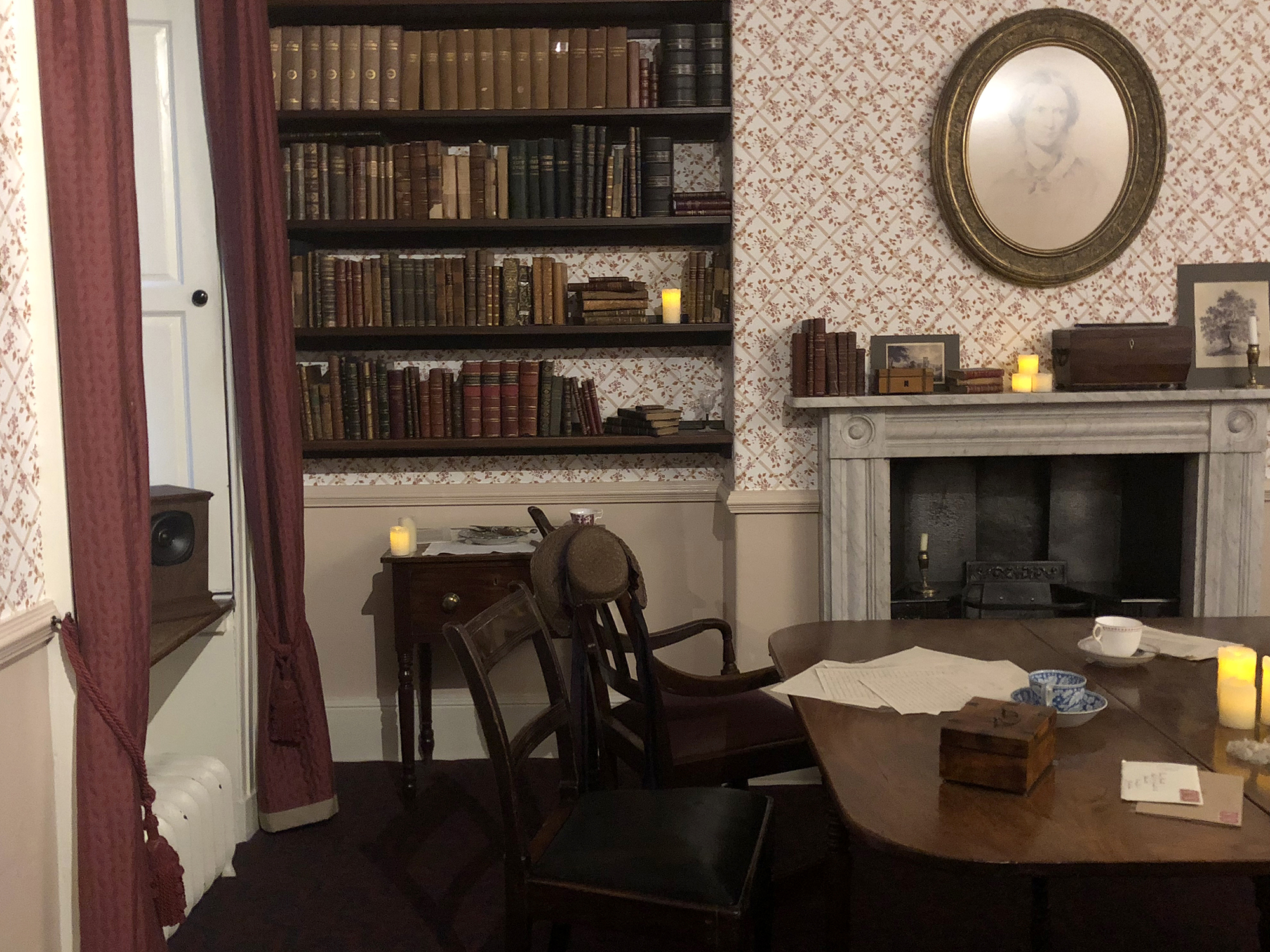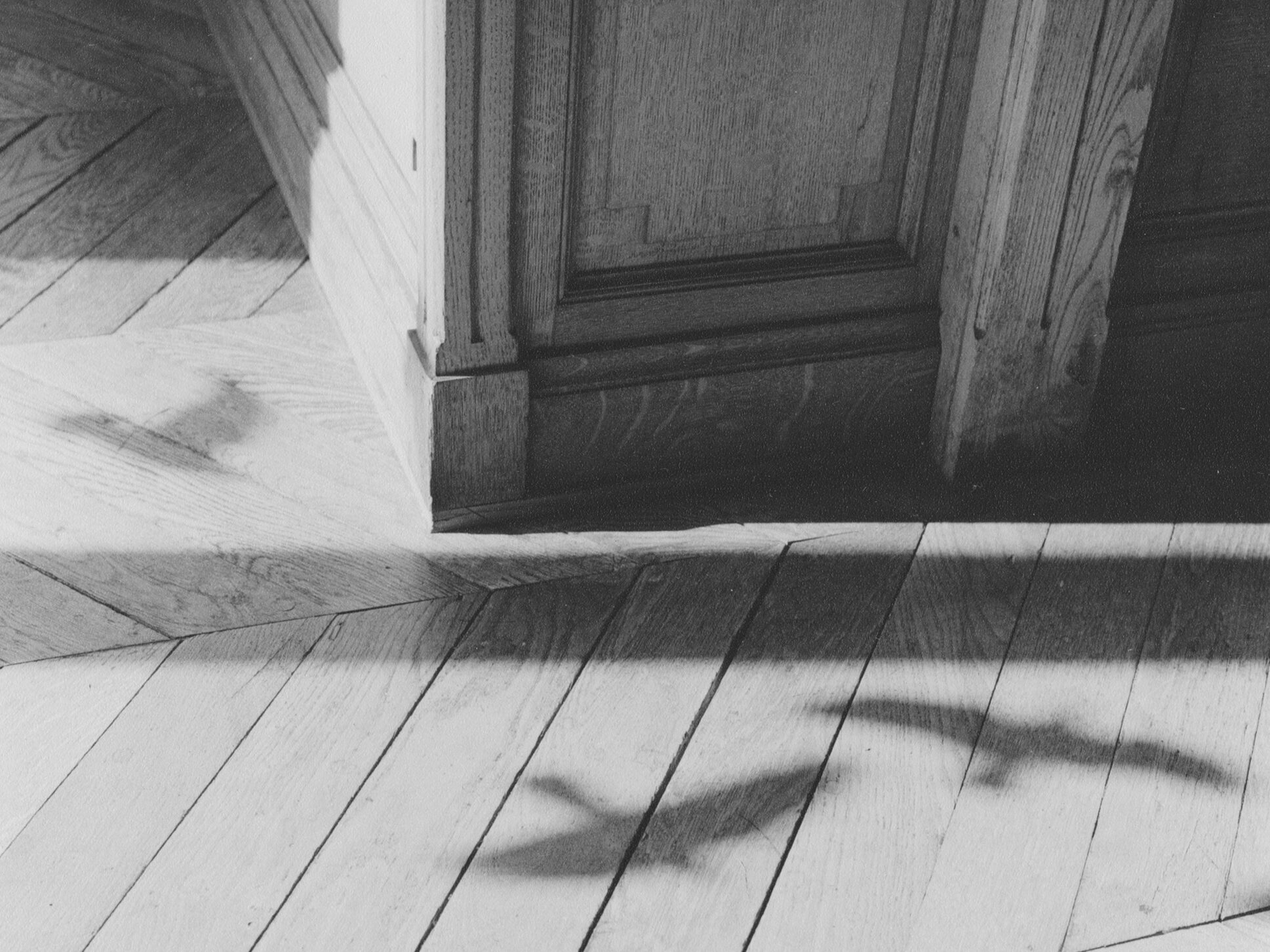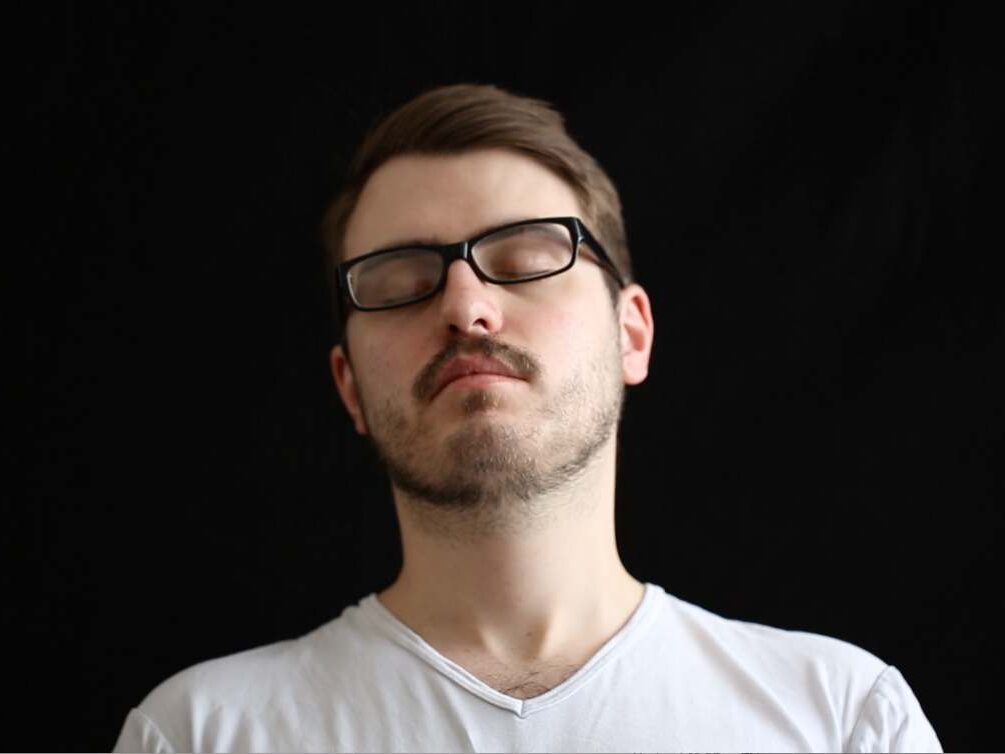Finding Foundlings
at the Foundling Museum
Artist Residency at the Foundling Museum supported by the Arts & Humanities Research Council, the Heritage Consortium and Sheffield Hallam University. This was undertaken as part of her PhD practice-based research.
Rachel exhibited at the museum in October 2016, artworks included: Kept Within the Bounds, the Anthem, an Interruption, and the March.
The exhibition included an evening of talks from Caro Howell, Alison Duke, Dr. Helen Wickstead, and Dr. Becky Shaw.
Kept Within The Bounds
The Painting Gallery, the Foundling Museum
During workshop sessions with contemporary children in the museum, Rachel employed methods from performance practice to allow the children to construct a foundling ‘character’. After role-play, the children painted their foundling. Each portrait is a painting of two people, the child artist and the imagined foundling child.
The children’s paintings were integrated into the installation Kept Within the Bounds, which included sound and mirrored the floorplan of the Foundling Hospital. Rachel purposefully positioned the work in the Painting Gallery, below the portraits of the hospital donors, to draw attention to the men who have been remembered and the children who had been forgotten.
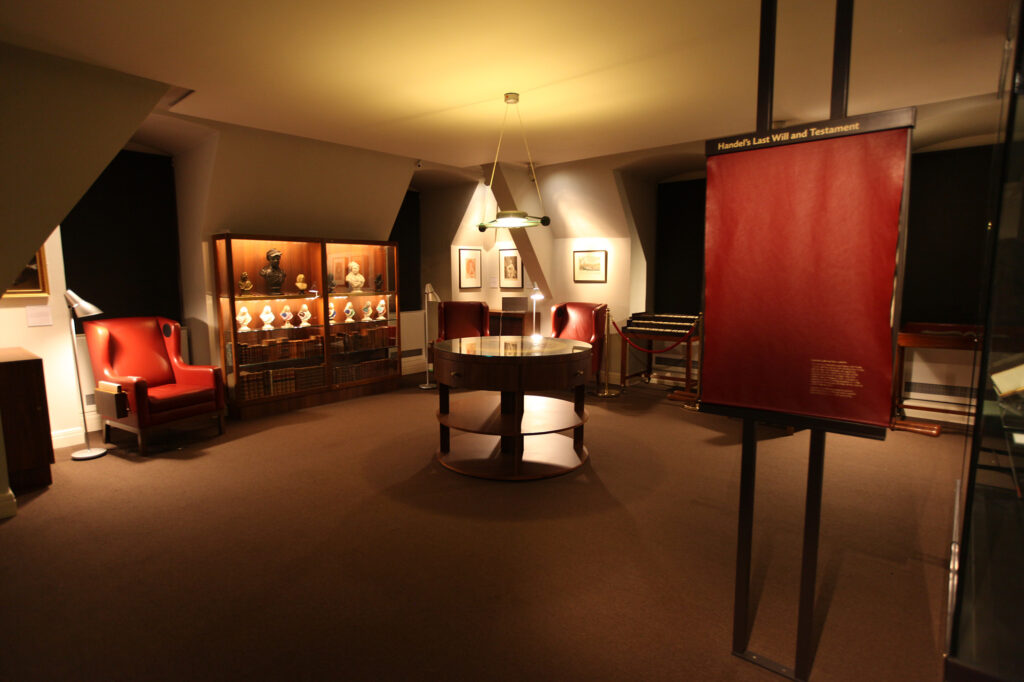
The Anthem
Handel’s Room, the Foundling Museum
Children from the Putney Treblemakers learn Handel’s “Foundling Hospital Anthem”, exhibited as part of the artist residency closing event at the Foundling Museum.
An Interruption
The Foyer, the Foundling Museum
Children’s voices – reading their foundling character’s names – echo in time with the Foundling Museum clocks, chiming on each quarter-hour. The work played on the idea that children should be seen and not heard.
